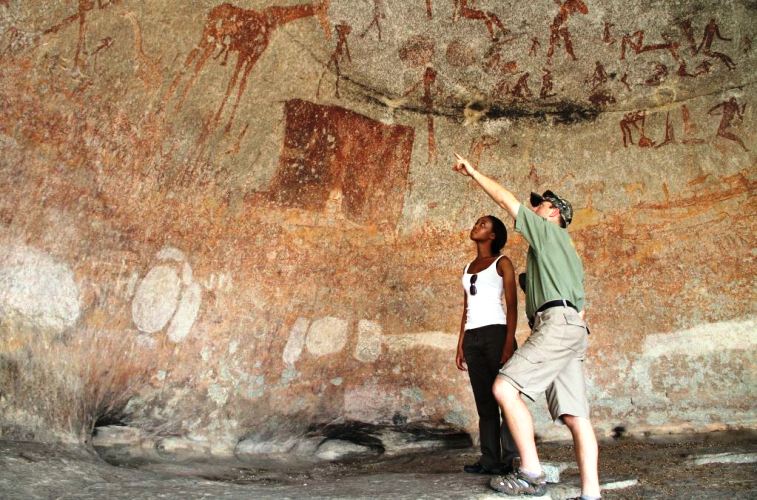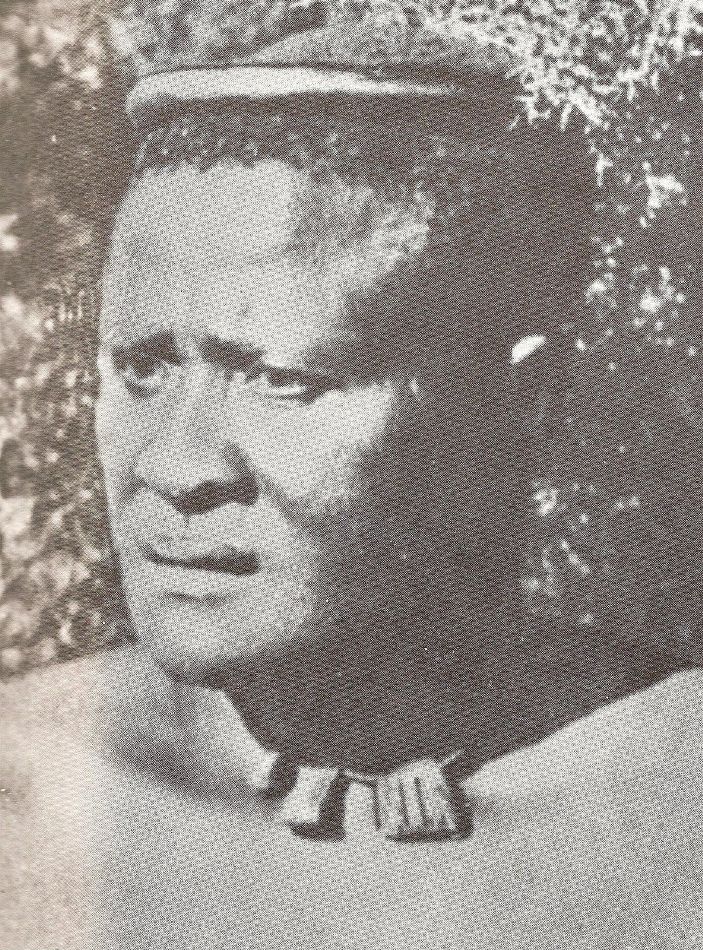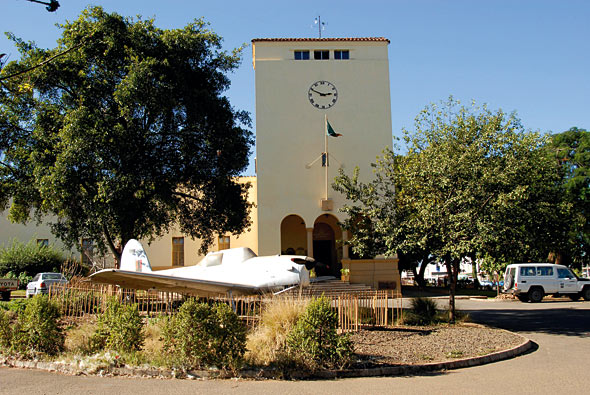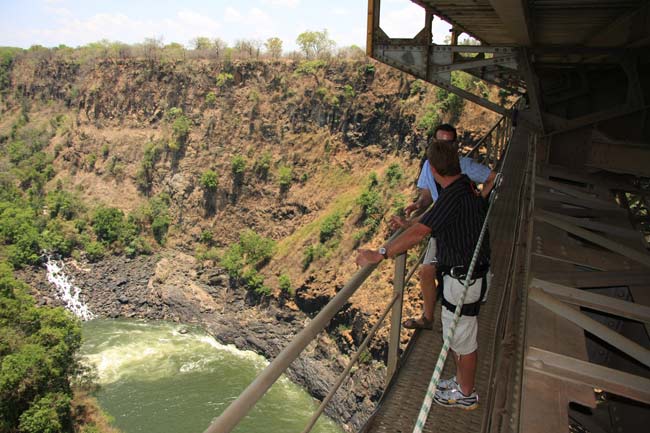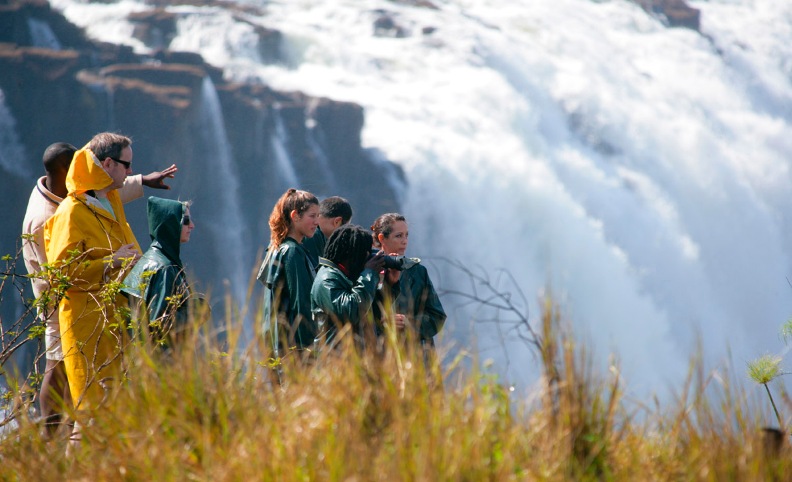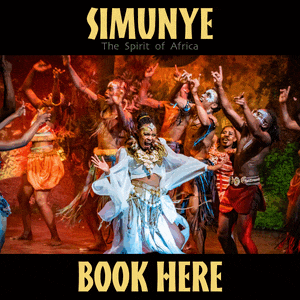History of ZimbabweZimbabwe has many Bushman Paintings that date more than 5 000 years...
The History of Zimbabwe is intriguing even to this very day. Across Zimbabwe are rock paintings, or “Bushman” paintings, that date back more than 5,000 years. Stone Age hunters, related to the Khoisan people, created the paintings. The Khoisan, or Khoe-San is the name for two major ethnic groups of Southern Africa. The Khoisan originally inhabited much of southern Africa and the Khoisan languages are noted for their click consonants. Over the centuries, the Khoisan peoples were absorbed or displaced by the Xhosa and Zulu people, who have adopted some Khoisan clicks in their respective languages. The Coming of the MashonaThe Mashona began migrating into the area around 300 AD. Around the 10th century, trade developed between the Mashona and the Phoenicians. Through the period from the 11th century to the 15th century, descendants of the Shona speaking people are believed to have built the ruins of Great Zimbabwe. It is here that the iconic Zimbabwe Birds were found. 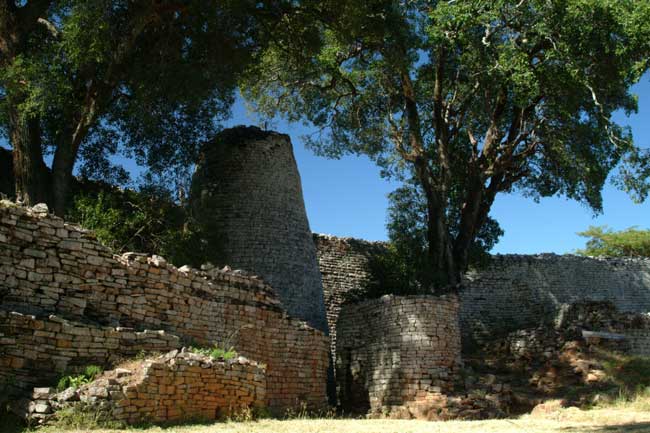 Great Zimbabwe Ruins - Inside The Great Enclosure By the early 17th century, Portuguese settlers had moved in and they destroyed the trade between the Mashona and the Phonecians and began a series of wars. The Matebele Move InIn 1834, the Matebele people conquered the Mashona and created their own empire, naming it Matabeleland. The Matebele were an off shoot of the Zulu Kingdom which at that time was ruled by King Shaka. In the early 19th century many of Shaka’s subjugated chiefs broke away in an attempt to start their own dominions. This resulted in a period known as Difaqane which means “Time of Calamity” which is exactly what happened, terror reigned over much of central southern Africa. This had a dramatic affect on the history of Zimbabwe. The Matebele were lead by Mzilikazi who was formerly an Nguni military commander under King Tshaka. He fashioned this unit very much on the Zulu model, they were a warrior nation and fought on foot in highly disciplined units, armed with an Assegai (which is a short stabbing spear, with a large iron blade) and a shield.
They first migrated north to Basutoland now known as Lesotho but lost in battle there to the Basotho under King Moshoeshoe at Rafutho’s Pass. Mzilikazi was then again defeated by the White settlers in Transvaal, so he continued to move northwards and crossed the Limpopo River into Zimbabwe and settled near what is now known as Bulawayo. Here he established the Matebele Kingdom, and conquered many of the local tribes in the area including the Mashona. Mzilikazi died on September 12 1868. He was succeeded by Lobengula who continued to extend his Kingdom until the white settlers from the south pushed northwards. In 1888 Cecil Rhodes of the British South Africa Company made a deal with Lobengula for the mineral rights for much of the country in exchange for guns, ammunition and money. A series of misunderstandings followed this and they soon found themselves at war with each other. History of Zimbabwe's ColonisationThe British South Africa Company conquered the Matebele and their territory the following year. The Matebele and the Mashona joined forces during this time to stage a revolt against colonization of their native lands but they were unsuccessful. The British South Africa Company took control of the country and named it Southern Rhodesia after Cecil Rhodes. It was proclaimed a British sphere of influence. The British South Africa Company was chartered in 1889, and the settlement of Salisbury (now Harare, the capital) was established in 1890. In 1923, Southern Rhodesia nominally became a British colony. Thirty years later, Southern Rhodesia formed the Central African Federation with neighbouring Northern Rhodesia (Zambia) and Nyasaland (Malawi). In 1965, the settlers resisted decolonization triggering a bitter civil war between the white minority government and supporters of African independence. Post Colonial ZimbabweIndependence was finally granted in 1980 after a general election under British auspices determined the victory of the ZANU party under Robert Mugabe (Mashona). However, there was much dissent on the part of the opposition party ZAPU under Joshua Nkomo (Matebele) that fought the guerrilla war against Rhodesia. In 1988, the two parties achieved a peaceful merger after three years of deliberation. 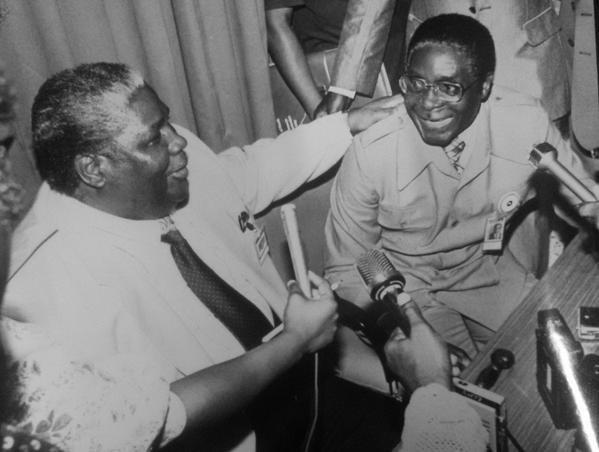 Joshua Nkomo (left) and Robert Mugabe (right) The Movement for Democratic Change (MDC) was formed in 1999 and took 57 of the 120 elective parliamentary seats in the June 2000 poll. However, the Mugabe government then reasserted its control by removing or suppressing its perceived opponents in the judiciary, the media and other centres of influence. Despite years of domestic and international controversy, the ZANU-PF central committee announced in March 2007 that it had chosen Mugabe as the party’s candidate for yet another term in 2008. Mugabe’s inauguration to his sixth presidential term convened an hour after the electoral commission declared his victory on June 29, 2008. The recent history of Zimbabwe has been very controversial and requires a whole section to be dedicated to it. Hopefully at some stage we will be able to that.
Activities of Historical Interest in Victoria Falls
|
|
||||||
|
|
|||||||
|
|
|||||||
|
| |||||||
